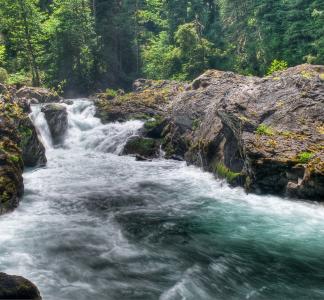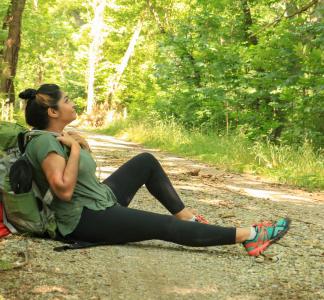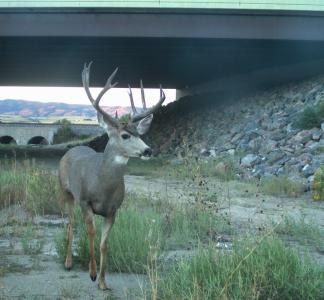Biggest land management agency’s new marching orders: Protect and connect wildlife habitat

Mule deer at the Warner Wetlands in Oregon
Greg Shine, BLM, Flickr
BLM instructional memo a big step forward
Newly issued guidance tells the Bureau of Land Management, the nation’s largest land management agency, to prioritize protecting lands that conserve and connect wildlife habitat and migration corridors. The directive comes in service of Interior Secretary Deb Haaland’s commitment earlier this year to support protection of connected habitat.
The conservation-first guidance breaks with the Bureau of Land Management’s historical focus on fossil fuel leasing
By law, the Bureau of Land Management's has to manage public lands with an eye toward "multiple uses," meaning that the agency has a responsibility to balance out everything from ranching to conserving habitat to outdoor recreation.
The new wrinkle of the instructional memo is in the focus on managing and restoring connections between (and within) pieces of habitat.
The guidance also breaks with the Bureau of Land Management’s historical focus on the part of its “multiple use” mission that includes coal and oil and gas leasing on tens of millions of acres of land. To address the climate and extinction crises, it will be vital that the agency embrace this change and shift to a conservation-first approach in the years ahead.
"We hope that today’s announcement will be one of many that help public land managers adopt a broad conservation vision and become a true leader in the fight to address the climate and biodiversity crises,” said Jamie Williams, president of The Wilderness Society, in a statement.
Climate change and habitat fragmentation make connectivity guidance a key step
Climate change and rapid development are damaging and fragmenting wildlands, and many species have a hard time adapting to these shifts. We can mitigate the threat by practicing landscape-scale conservation—protecting not just isolated stretches of land and water, but large, interconnected, unfragmented landscapes that allow wildlife to migrate and move freely. As the U.S.’ biggest land management agency by acreage, the Bureau of Land Management has a huge role to play in putting this approach into practice.
The Bureau of Land Management will start off looking at public lands, in consultation with Tribal nations and state-level leaders, and finding the places that are most important to protect to ensure connected (and interconnected) habitat. After that, they’ll launch land-use planning processes. Eventually, the agency will zero in on strategies for protecting and restoring the key connections, which may include steps like installing wildlife crossings over roads and working with land-owners to make sure fences don’t block wildlife’s path.
While this announcement is only a small step and the beginning of a policy process, it’s one that needed to happen for us to move forward and fulfill the “America the Beautiful” vision: Protecting a network of interconnected lands and waters that is accessible, inclusive and well suited to help communities and wildlife adapt to the climate and extinction crises.
Why protecting 30% of lands and waters is critical
Chet Williams, Flickr
How the U.S. will protect "America the Beautiful" to benefit all communities
Ambreen Tariq (@brownpeoplecamp)
How road crossings help wildlife survive a climate change-warped new reality
Courtesy of Colorado Dept. of Transportation, Flickr




